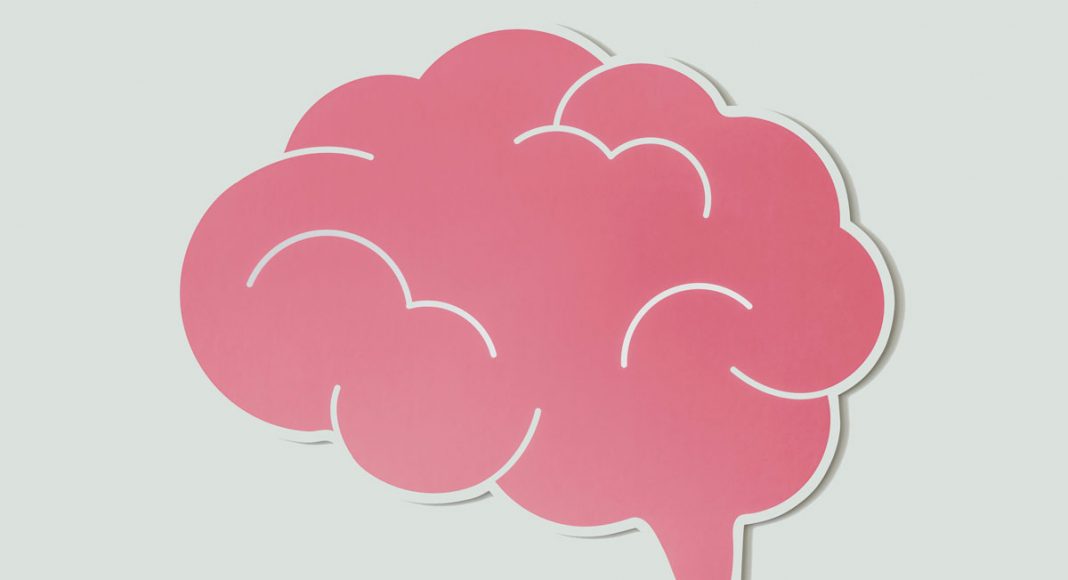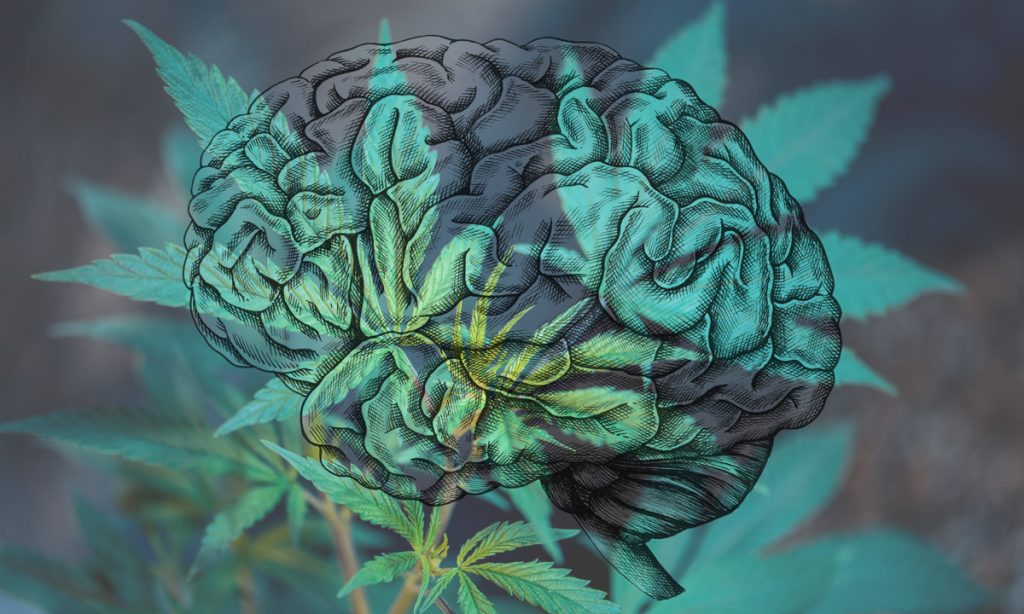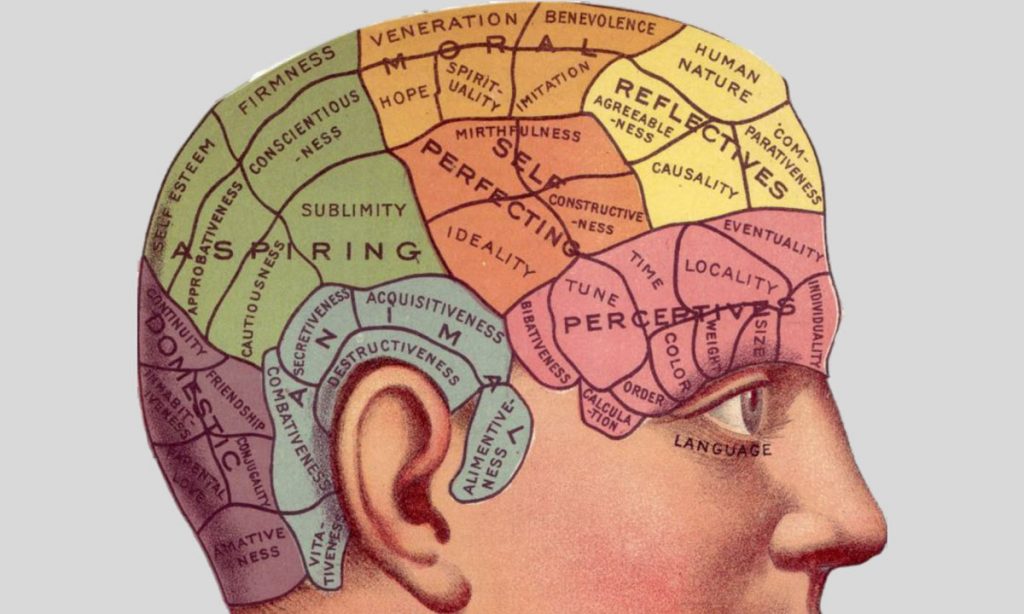How Marijuana Affects Different Parts Of Your Brain

Marijuana — or indeed, any substance you introduce into your body — can have different effects on different parts of your brain, and their corresponding functions.
Every component of the human body is complex, from the tiniest cell to the largest organ (which, by the way, is your skin). However, no organ is more complicated than the brain. This three-pound organ houses billions of neurons that guide thought, perception, emotion, and action, making each and every one of us who we are today.
In this article, we’ll explore a few of the many ways the human brain is affected by using marijuana (cannabis).
How Does THC in Marijuana Act On The Human Brain?
As you may remember from high school biology class, brain cells are known as neurons. Picture a star (cell body with dendrites) attached to a padded whip (axon with myelin sheaths), and you get a rough idea of what a neuron looks like.
Neurons aren’t all physically connected, but they still need to communicate with each other. To accomplish this task, neurons fire chemicals (neurotransmitters) across the gaps (synaptic clefts) that separate them. Once they cross the synaptic cleft, neurotransmitters attach to receptors on the recipient (postsynaptic) neuron. Once activated by neurotransmitters, receptors trigger changes in certain cells’ electrical activity.
Your brain and nervous system naturally feature CB1 receptors, which is simply a shorthand way of writing “cannabinoid receptor type 1.” (CB2 receptors also exist, but are located all throughout the body.) These CB receptors are activated by naturally-occurring neurotransmitters produced by your body, called 2-arachidonoyl glycerol (2-AG) and anandamide, even when you aren’t using marijuana. This set of structures and interactions makes up your body’s endocannabinoid system (ECS).
Anandamide and AG-2 are endocannabinoids, where the medical prefix “endo-” means “inner” or “within.” THC, which produces not only marijuana’s “high,” but also many of its medical uses, such as relieving pain, is a cannabinoid. THC isn’t naturally produced in your body, hence the lack of the endo- prefix. However, like AG-2 and anandamide, THC — and the dozens of others cannabinoids that are also found in cannabis — act on your CB1 (and CB2) receptors.

When THC (and other cannabinoids) attach to these receptors, they quickly begin to alter the regular function of your endocannabinoid system, and in turn, the functions that are regulated by the endocannabinoid system, such as sleep and appetite. This process is what produces the many different physical and mental effects that you feel when you use cannabis.
How Different Areas Of Your Brain Are Affected By Cannabis Use
The brain isn’t just a single, uniform mass of tissue. On the contrary, different parts of the brain play very different roles in regulating your mental and physical actions, functions, and abilities. For instance, the rear part of your brain, called the occipital lobe, is responsible for functions related to vision. If this area of the brain gets injured, the victim can experience vision problems or lose their eyesight altogether. Of course, that is a somewhat oversimplified explanation, but it gives you a basic idea.
Marijuana — or indeed, any substance you introduce into your body — can have different effects on different parts of your brain, and their corresponding functions. Below you’ll find some brief explanations of how various brain areas can be affected by cannabis.
- Amygdala – The amygdala is actually two spots, almost like tonsils or almonds. The amygdala regulates emotion, so when THC acts on your CB1 receptors, emotional function is affected. While some patients report short-term anxiety or paranoia, many have just the opposite experience, and report feelings of deep relaxation and tranquility.
- Basal Ganglia, Cerebellum – The basal ganglia is located deep in the core of your brain, away from the exterior surface. The cerebellum is the lower, rearmost part of your brain, physically distinct because it’s covered in long, narrow grooves. Though differing in location and appearance, both are responsible for movement, coordination, and balance. Because THC disrupts the function of both, you can (temporarily) become clumsy and move more slowly than normal, which is part of the reason you should never drive or operate heavy equipment while under the influence of your medication.
- Cerebral Cortex, Hippocampus – The cerebral cortex is the outer layer of your brain. The hippocampus, which is shaped almost like a pea pod, is located near the lower center of your brain, slightly above and in front of the cerebellum. Both play a vital role in memory and cognition, which is, put simply, the process of thinking and understanding information. Although cannabis use can cause short-term (acute) memory impairment, studies have also demonstrated that these effects wear off with time.

For example, a 2013 study published in the Journal of Substance Abuse and Rehabilitation found that “On days zero, one, and seven, [C]annabis users significantly differed in terms of task performance,” including memory-based tasks, when compared to a control group. However, these effects wore off in a matter of weeks. The study found that “by day 28, the two groups did not differ any longer, and initial Δ9-THC concentrations were not related to task performance, suggesting that memory impairments in long-term [C]annabis users may not persist…”
- Hypothalamus – The hypothalamus, which is located deep within the brain just above the pituitary gland, controls hunger and appetite. Marijuana boosts activity in pro-opiomelanocortin (POMC) cells in your hypothalamus, which, fascinatingly, should suppress appetite. Of course, we all know that cannabis use has just the opposite effect. In fact, this effect is so well-known and pronounced, it even has a (rather unscientific) name: “the munchies.” (If this is something you struggle with, you might benefit from my tips on controlling the munchies.)
420 Intel is Your Source for Marijuana News
420 Intel Canada is your leading news source for the Canadian cannabis industry. Get the latest updates on Canadian cannabis stocks and developments on how Canada continues to be a major player in the worldwide recreational and medical cannabis industry.
420 Intel Canada is the Canadian Industry news outlet that will keep you updated on how these Canadian developments in recreational and medical marijuana will impact the country and the world. Our commitment is to bring you the most important cannabis news stories from across Canada every day of the week.
Marijuana industry news is a constant endeavor with new developments each day. For marijuana news across the True North, 420 Intel Canada promises to bring you quality, Canadian, cannabis industry news.
You can get 420 Intel news delivered directly to your inbox by signing up for our daily marijuana news, ensuring you’re always kept up to date on the ever-changing cannabis industry. To stay even better informed about marijuana legalization news follow us on Twitter, Facebook and LinkedIn.




